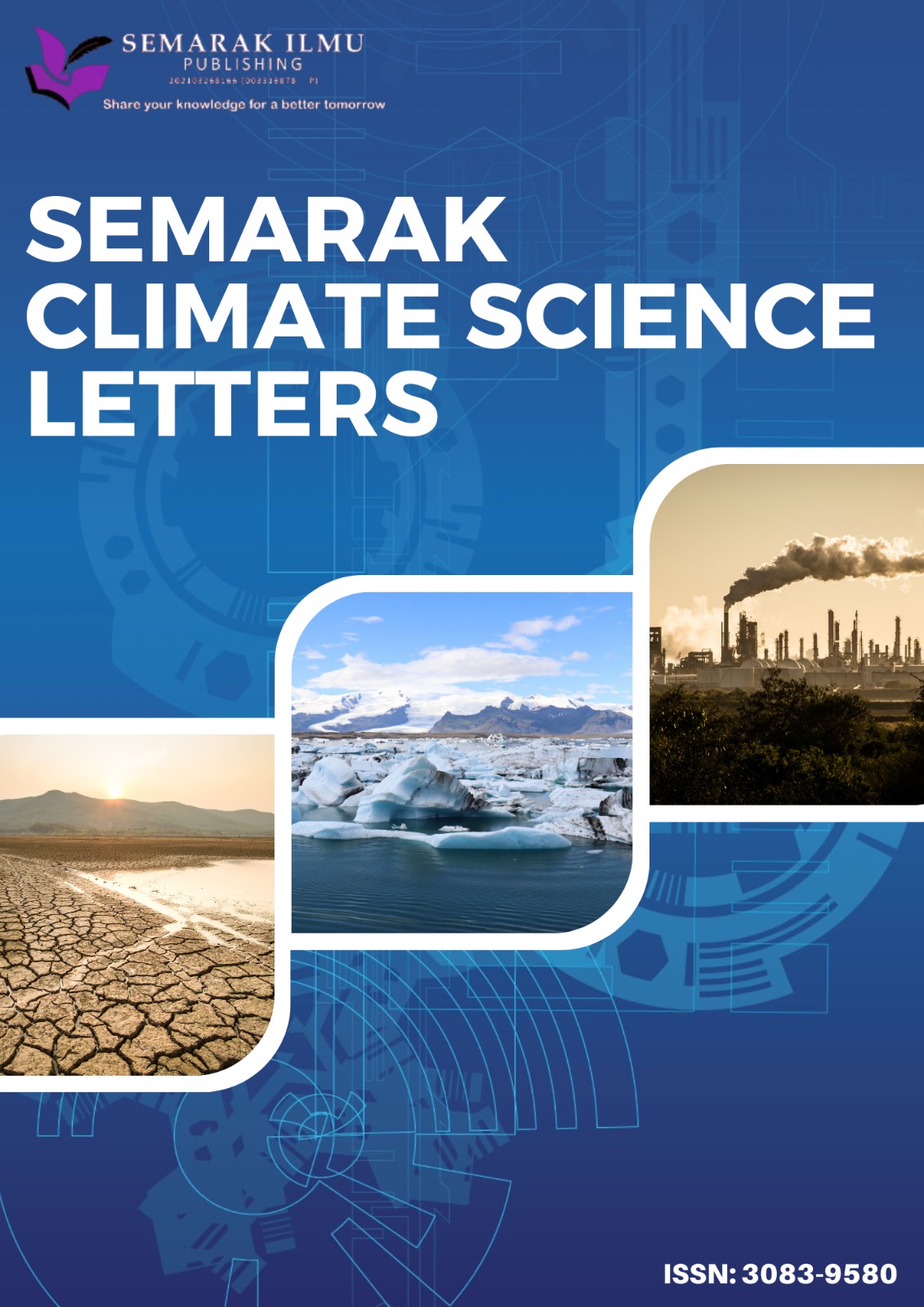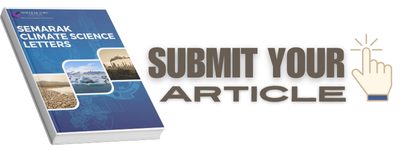Prediction of Coastline Changes in Sulaman Lake Mangrove Forest Reserve, Sabah using Kalman Filter Model
DOI:
https://doi.org/10.37934/scsl.2.1.3145Keywords:
Mangrove shoreline changes, Digital Shoreline Analysis System (DSAS), Kalman Filter model, Sulaman Lake Mangrove Forest ReserveAbstract
Sulaman Lake Mangrove Forest Reserve is an integral part of the region's natural heritage, which is vital for ecological balance, supporting biodiversity, and protecting coastlines from erosion. This study aims to analyze the shoreline changes from 2013 to 2023 using the Digital Shoreline Analysis System (DSAS) and predict the coastline changes in the Sulaman Lake Mangrove Forest Reserve, Tuaran using the Kalman Filter model. End Point Rate (EPR) and Linear Regression Rate (LRR) statistical analysis were used to estimate the trends of the shoreline changes. The result show that the maximum and minimum EPR is 0.71m/year and -11.86m/year while for the maximum and minimum LRR is 0.49m/year and -11.84m/year respectively. The Kalman Filter is a recursive mathematical algorithm applied to historical coastline data to predict future changes. After forecasting shoreline changes using the Kalman Filter model, the inundation area is about 74.3 acres @ 30 ha for the next 10 years (2033) and 136 acres @ 55.2 ha for the next 20 years (2043). The finding highlights critical erosion at area facing to open sea reducing towards inland. Therefore, integrated coastal management strategies is needed to mitigate erosion impact, and the sustainable conservation of the Sulaman Lake Mangrove Forest Reserve. The mitigation measures for shoreline erosion prevention to ensure environmental stability and resilience of the mangrove forest.













